Choosing the right material for your 3D printing project can significantly impact its success, especially when considering PLA vs. PETG. PLA excels in ease of use and eco-friendliness, making it a popular choice for many projects. On the other hand, PETG provides durability and resistance to elements, which can be crucial for certain applications. Understanding the differences between PLA vs. PETG helps you select the ideal option for your specific goals.
Key Takeaways
- PLA is good for the environment and simple to use. It’s perfect for beginners and easy projects.
- PETG is strong and handles heat well. It works best for tough parts and outdoor use.
- Think about your project: pick PLA for cheap and easy tasks, or PETG for strong and lasting results.
PLA: Properties and Applications
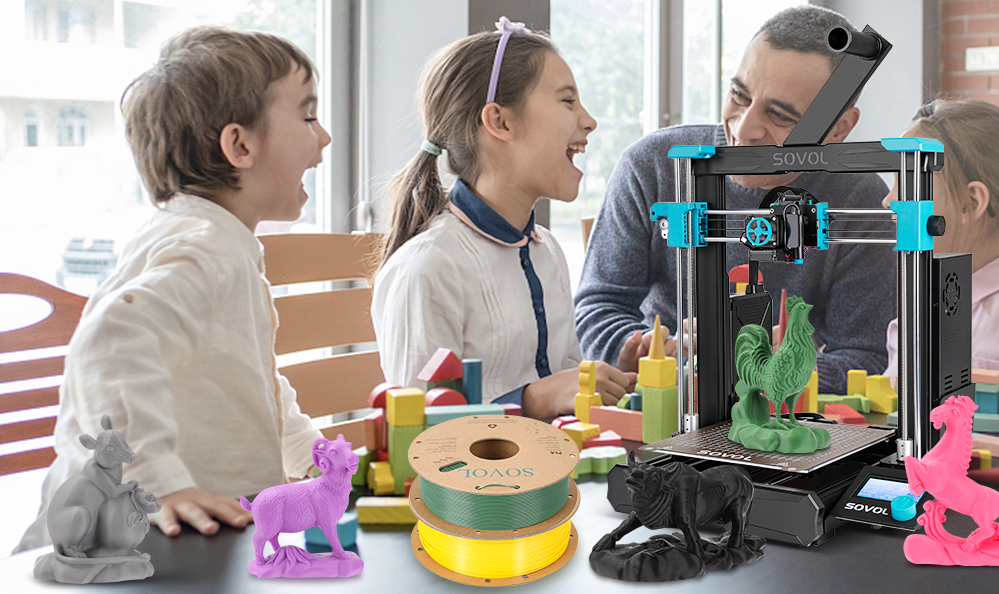
Key Properties of PLA
PLA, or polylactic acid, is a biodegradable thermoplastic derived from renewable resources like cornstarch or sugarcane. It offers excellent tensile strength, ranging from 280 to 870 MPa, and a Young’s modulus between 5.2 and 9.2 GPa. High-performance PLA can achieve tensile strength up to 2.1 GPa, making it suitable for lightweight yet sturdy applications. Its melting enthalpy, when fully crystalline, is measured at 93.0 J/g, ensuring consistent performance during 3D printing.
Additionally, PLA exhibits superior hardness compared to other materials like polycarbonate and carbon fiber-reinforced polyamide. Tests using Shore D hardness confirm its durability across various surfaces. Its creep behavior under constant tensile load demonstrates predictable elongation stages, which is advantageous for prototypes requiring dimensional stability.
Common Uses of PLA
PLA is widely used in both consumer and industrial 3D printing projects due to its versatility.
- In healthcare, it serves as a material for disposable devices.
- Food packaging industries favor PLA for its renewable origin and safety.
- Consumer goods manufacturers use PLA for creating aesthetically pleasing products.
- Automotive and industrial sectors leverage PLA for prototyping and lightweight components.
The growing demand for PLA highlights its adaptability across multiple industries, including healthcare, automotive, and consumer goods.
Advantages of PLA
PLA offers several benefits that make it a preferred choice for 3D printing materials:
- Eco-friendliness: PLA is biodegradable, breaking down into carbon dioxide and water, reducing environmental impact.
- Safety: Its degradation products are FDA-approved and metabolized by the human body, making it ideal for medical applications.
- Aesthetic appeal: PLA’s smooth surface and high transparency result in visually appealing printed models.
- Antibacterial properties: PLA resists bacterial and fungal growth, enhancing its usability in healthcare and food packaging.
Compared to alternatives like ABS, PLA is more affordable and energy-efficient, making it a practical choice for many projects.
Limitations of PLA
Despite its advantages, PLA has certain limitations that may affect its suitability for specific applications:
- Low heat resistance: PLA softens at temperatures above 60°C, making it unsuitable for high-temperature environments.
- Print failures: Studies show that 20% of PLA prints fail due to issues like warpage, layer misalignment, and extrusion errors.
- Limited durability: PLA is less impact-resistant than PETG, which restricts its use in demanding applications.
- Outdoor use: Prolonged exposure to sunlight and moisture can degrade PLA, reducing its lifespan in outdoor settings.
Understanding these limitations helps you determine whether PLA aligns with your project’s requirements.
PETG: Properties and Applications
Key Properties of PETG
PETG, or polyethylene terephthalate glycol, is a durable and versatile 3D printing material. It combines the strength of ABS with the ease of use of PLA, making it a popular choice for various projects. PETG exhibits several notable properties:
- Low viscosity when melted, enabling fast extrusion during 3D printing. However, this can lead to challenges like oozing and stringing.
- Excellent layer adhesion, ensuring strong and durable prints with minimal risk of delamination.
- High impact resistance, particularly in the XY plane, with values ranging from 7-14 kJ/m².
These properties make PETG a reliable option for functional parts and prototypes requiring durability and precision.
Common Uses of PETG
PETG’s versatility has led to its widespread adoption across industries. Its applications include:
- Medical devices: PETG is used for creating sterilizable components and protective equipment.
- Food packaging: Its chemical resistance and safety make it ideal for food-grade containers.
- Industrial parts: PETG is favored for functional prototypes and durable components.
The growing demand for PETG is evident in its market growth:
|
Year |
CAGR (%) |
|
|---|---|---|
|
2024 |
1.5 |
7.4 |
|
2033 |
2.8 |
|
This data highlights PETG’s increasing importance in the 3D printing materials market.
Advantages of PETG
PETG offers several benefits that make it a preferred filament for 3D printing:
- Durability: PETG resists impacts and maintains strength in challenging environments.
- Heat resistance: It softens at 80°C and fails at 85°C, outperforming PLA in high-temperature applications.
- UV resistance: PETG withstands prolonged exposure to sunlight without becoming brittle or fading.
- Ease of use: Its excellent adhesion and low warping make it beginner-friendly.
These advantages make PETG suitable for outdoor projects and functional parts requiring long-term reliability.
Limitations of PETG
Despite its strengths, PETG has some limitations you should consider:
- Post-processing challenges: Sanding and painting PETG can be difficult due to its smooth surface.
- Z-axis impact resistance: PETG’s Z-axis resistance ranges from 2-7 kJ/m², which is lower than its XY resistance.
- Stringing issues: Its low viscosity can cause stringing during 3D printing, requiring careful calibration.
Understanding these limitations helps you decide if PETG aligns with your project’s specific needs.
PETG vs PLA: A Detailed Comparison
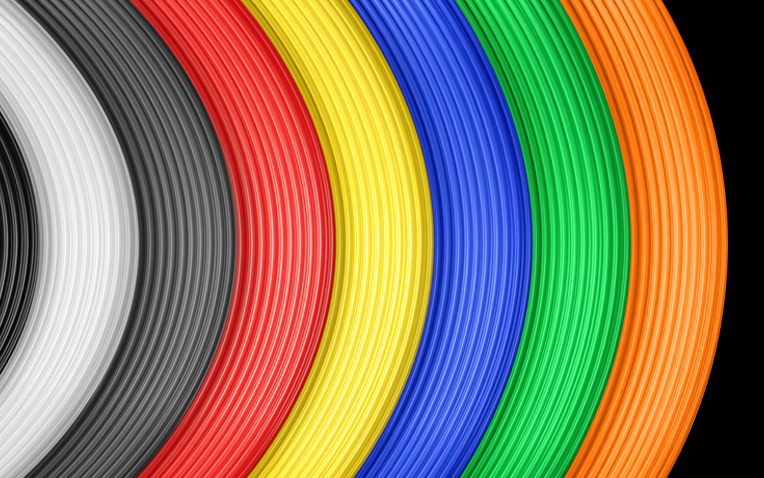
Printability and Ease of Use
When it comes to printability, PLA is often the go-to material for beginners. It prints at a lower temperature range (180-220°C) and adheres well to most surfaces without requiring extensive adjustments. A heated bed is recommended but not mandatory, making it a user-friendly option for those new to 3D printing. PETG, on the other hand, requires slightly higher temperatures (220-250°C) and benefits from a heated bed to ensure proper adhesion. While PETG is less prone to warping compared to ABS, it can present challenges like stringing and oozing, which demand careful calibration of print settings.
|
Printing Environment |
Easy, heated bed optional |
Heated bed recommended, less warping than ABS |
|
Print Temperature Range |
180-220°C |
220-250°C |
|
Bed Adhesion |
Adheres well to most surfaces |
Good adhesion, prefers coated bed |
|
Print Settings |
Minimal adjustments needed |
Requires fine-tuning to avoid stringing |
If you prioritize ease of use and minimal setup, PLA is the better choice. However, PETG offers greater durability and is worth the extra effort for more demanding projects.
Strength and Durability
PLA and PETG differ significantly in terms of strength and durability. PLA provides decent tensile strength but is brittle, especially along the Z-axis. This makes it less suitable for applications requiring flexibility or impact resistance. PETG, in contrast, excels in both tensile and impact strength. It absorbs energy during impacts more effectively, making it ideal for functional parts and prototypes that need to withstand stress.
- Tensile Strength Testing: PLA is weaker along the Z-axis compared to PETG.
- Impact Strength Testing: PETG outperforms PLA, which is prone to brittleness.
- Flexural Strength Testing: PETG resists bending forces better than PLA, especially when print orientation aligns with the bending axis.
For projects requiring robust and durable components, PETG is the superior material.
Resistance to Elements
Environmental exposure can significantly affect the performance of both materials. PLA degrades quickly when exposed to sunlight and moisture, making it unsuitable for outdoor use. PETG, while more resistant to UV light and moisture, still shows signs of degradation over time if left unprotected.
- PLA performs better in shaded areas but deteriorates rapidly under direct sunlight.
- PETG withstands outdoor conditions longer but benefits from UV protection for extended durability.
If your project involves outdoor applications, PETG is the better option, though additional protective measures may be necessary.
Flexibility and Impact Resistance
Flexibility and impact resistance are critical factors for functional parts. PLA is relatively rigid and brittle, which limits its ability to absorb impacts. PETG, however, offers superior flexibility and impact resistance, especially in the XY plane.
|
Material |
Z Impact Resistance (kJ/m²) |
|
|---|---|---|
|
7 |
7 |
|
|
7-14 |
2-7 |
For applications requiring flexibility and the ability to withstand impacts, PETG is the clear winner.
Temperature Resistance
Temperature resistance is another area where PETG outshines PLA. PLA softens at temperatures above 60°C, making it unsuitable for high-temperature environments. PETG, with a heat deflection temperature of 70-78°C, performs better in applications involving heat exposure.
If your project involves components exposed to higher temperatures, PETG is the more reliable choice.
Environmental Impact
PLA is often considered the more environmentally friendly option due to its biodegradability and renewable origins. It breaks down into carbon dioxide and water under industrial composting conditions. PETG, while not biodegradable, is recyclable and offers a sustainable alternative to virgin plastics.
- Recycling PETG reduces reliance on virgin resins and contributes to sustainable solutions for plastic waste.
- PLA’s biodegradability makes it a preferred choice for projects prioritizing environmental impact.
Both materials have their merits, but PLA is better suited for projects emphasizing sustainability.
Cost Considerations
Cost is an important factor when choosing between PLA and PETG. PLA is generally more affordable, making it a budget-friendly option for most 3D printing projects. PETG, while slightly more expensive, offers better durability and performance, which can justify the higher cost for certain applications.
If cost is a primary concern, PLA is the more economical choice. However, PETG’s added benefits may outweigh the price difference for specific projects.
PLA and PETG serve distinct purposes in 3D printing. PLA excels in printability and affordability, making it ideal for beginners and low-stress prototypes. PETG offers superior durability, flexibility, and resistance to UV and water, making it perfect for functional prototypes and outdoor projects. Evaluate your project’s needs to select the right filament.
FAQ
What is the best filament for beginners?
PLA is the best choice for beginners. It prints easily, requires minimal setup, and works well with most 3D printers.
Can you use PLA or PETG for outdoor projects?
PETG is better for outdoor use. It resists UV light and moisture, while PLA degrades quickly when exposed to sunlight and water.
How do you prevent stringing with PETG?
To reduce stringing, adjust retraction settings, lower print temperature, and ensure proper nozzle cleaning. These steps improve print quality significantly.

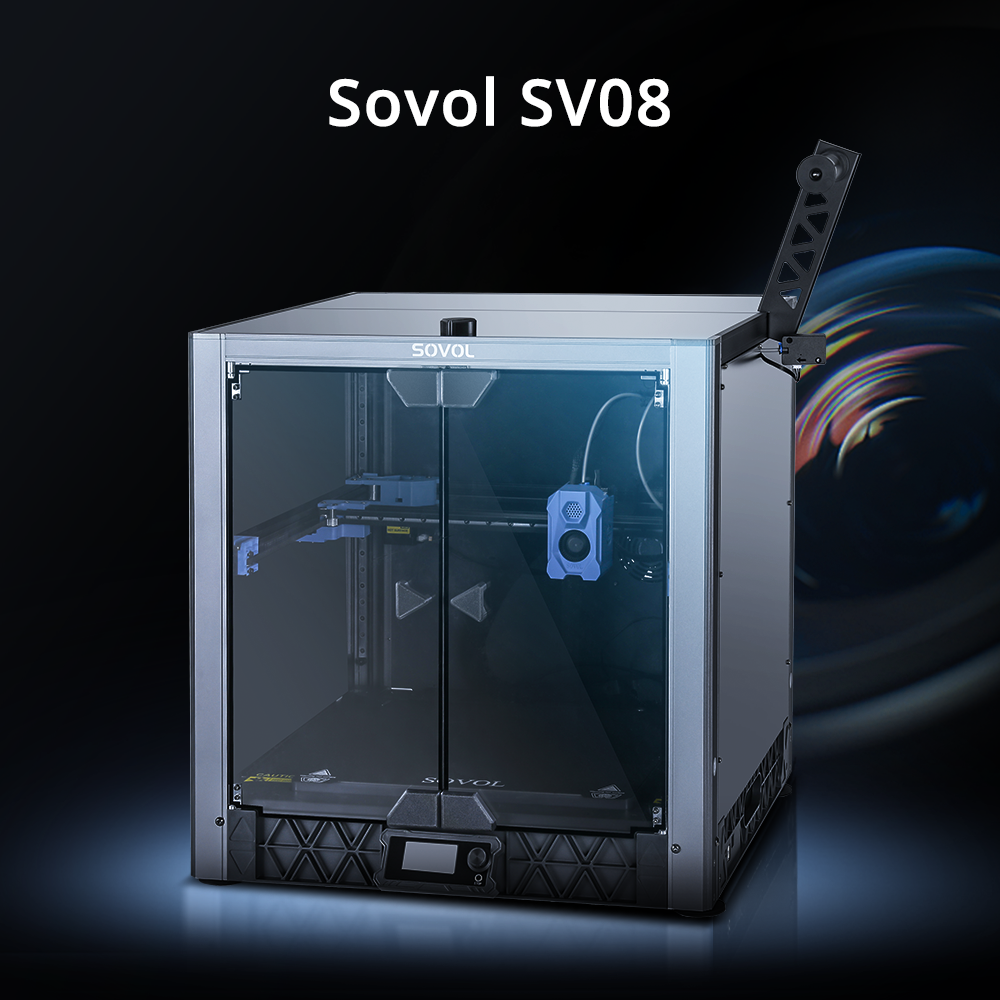
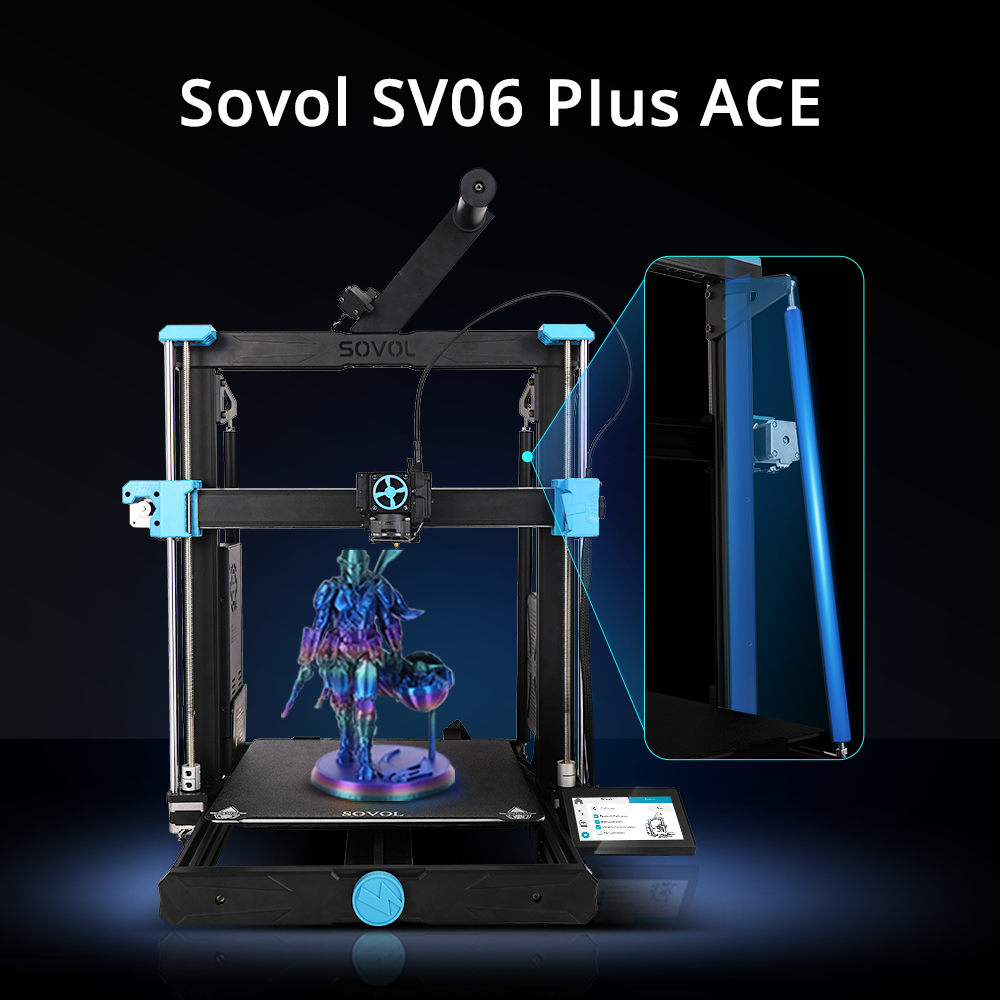
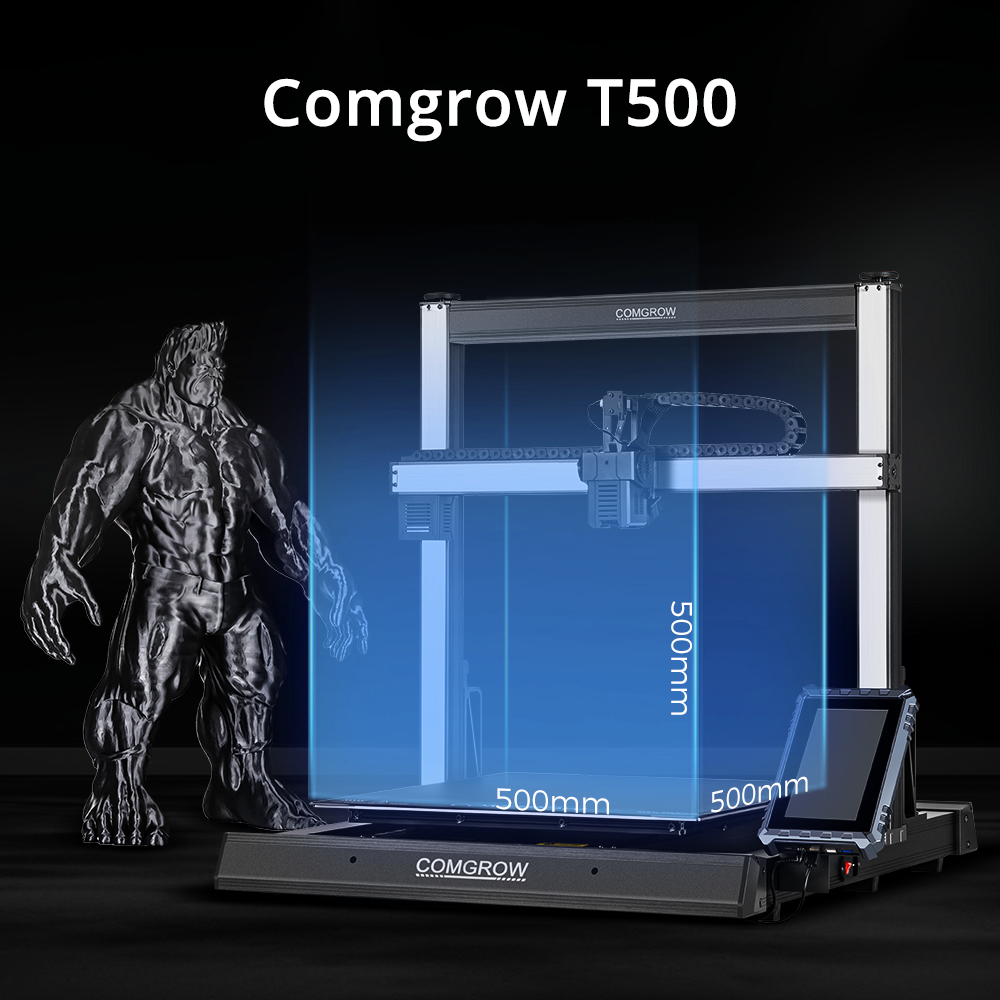


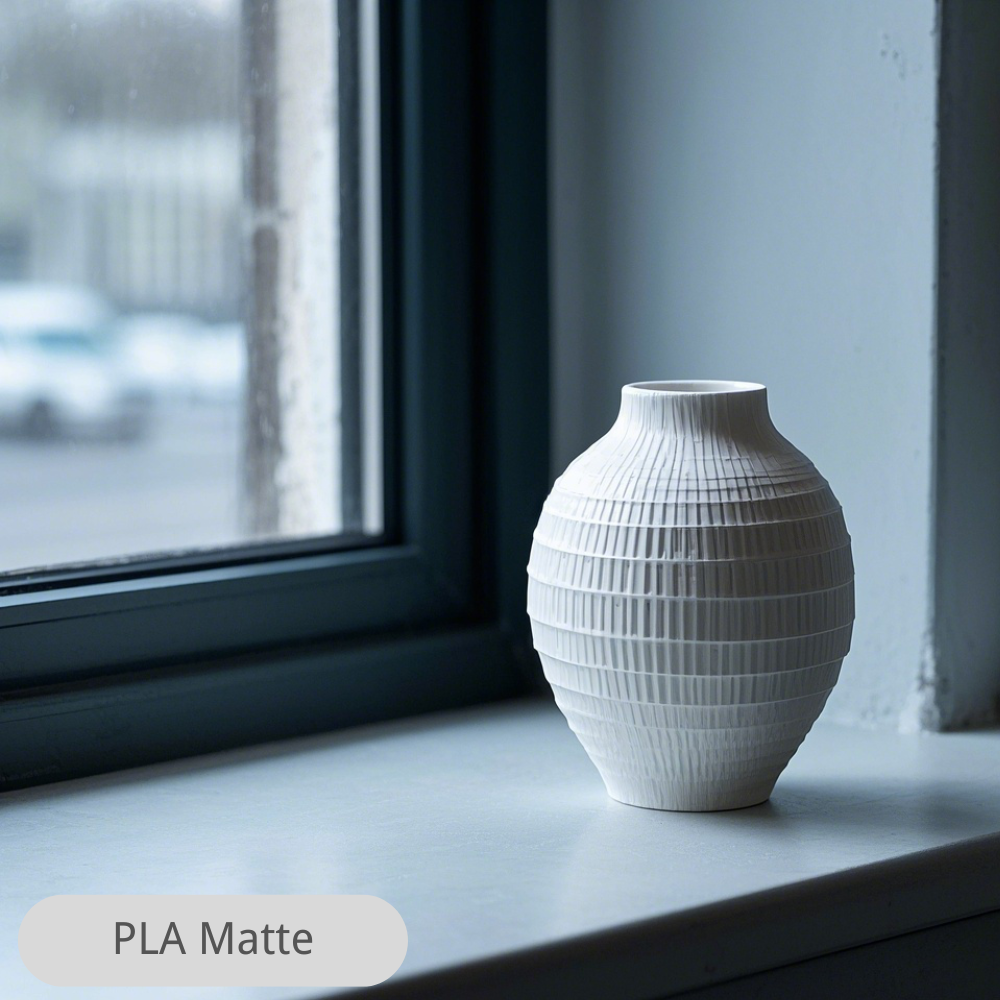
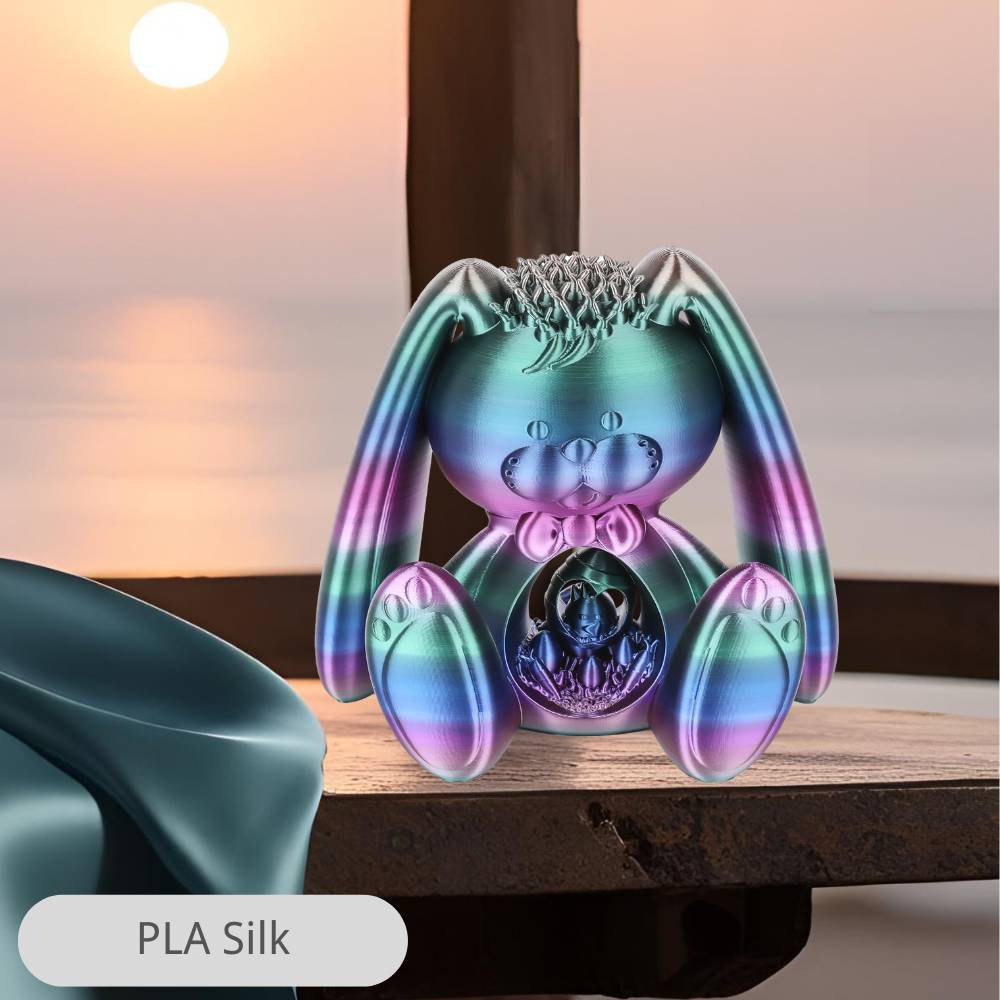
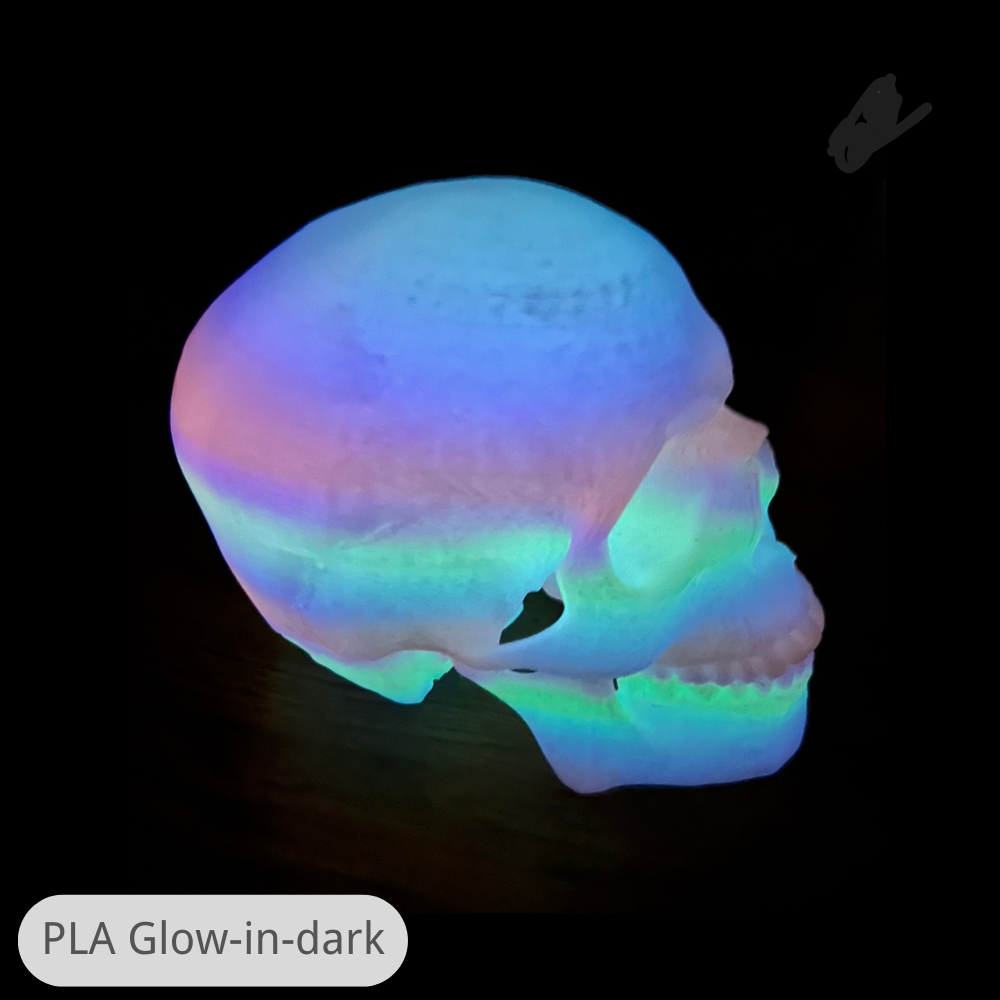
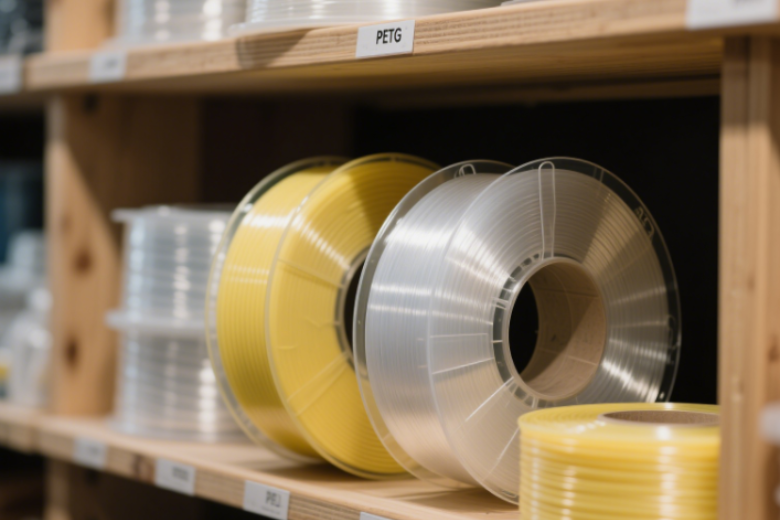
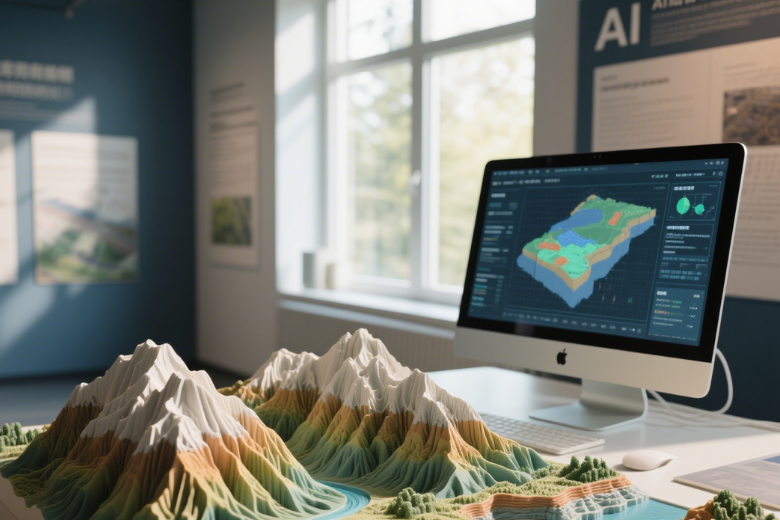
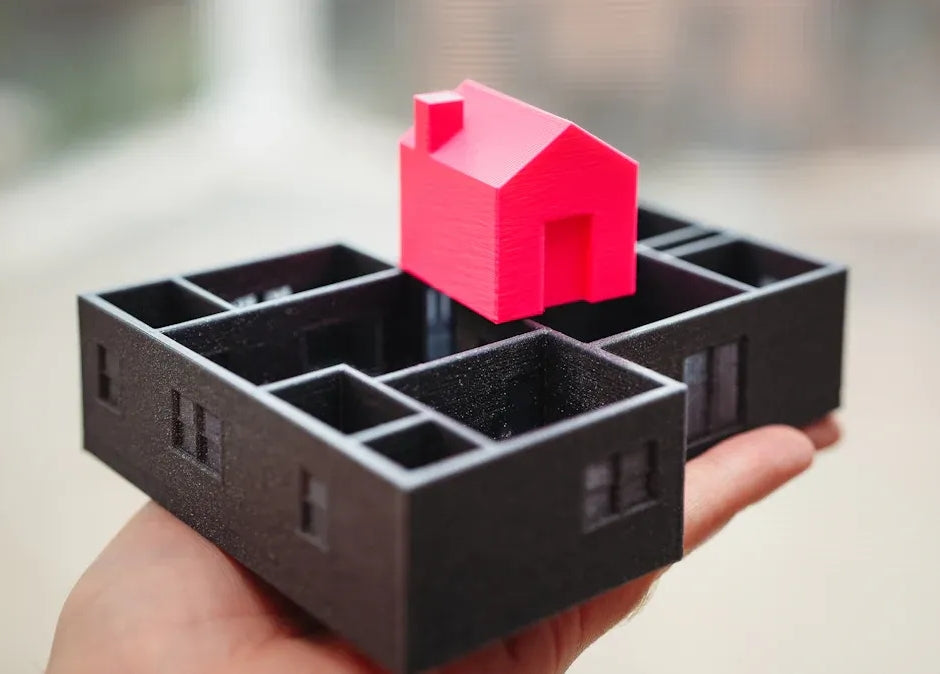
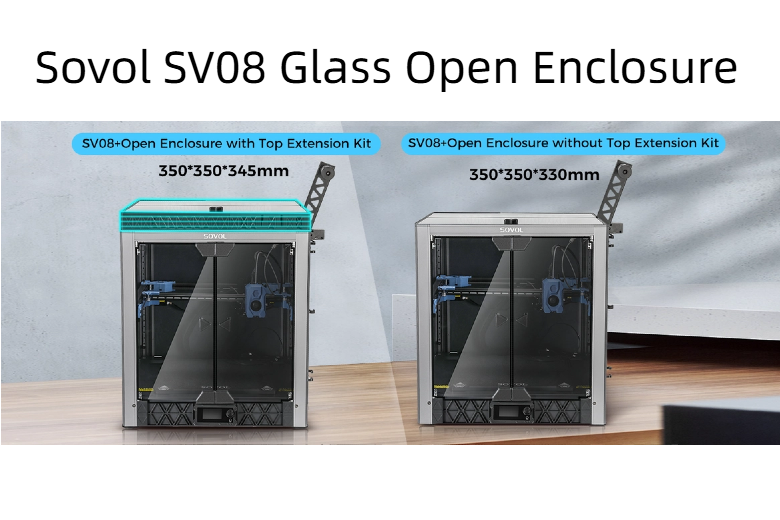
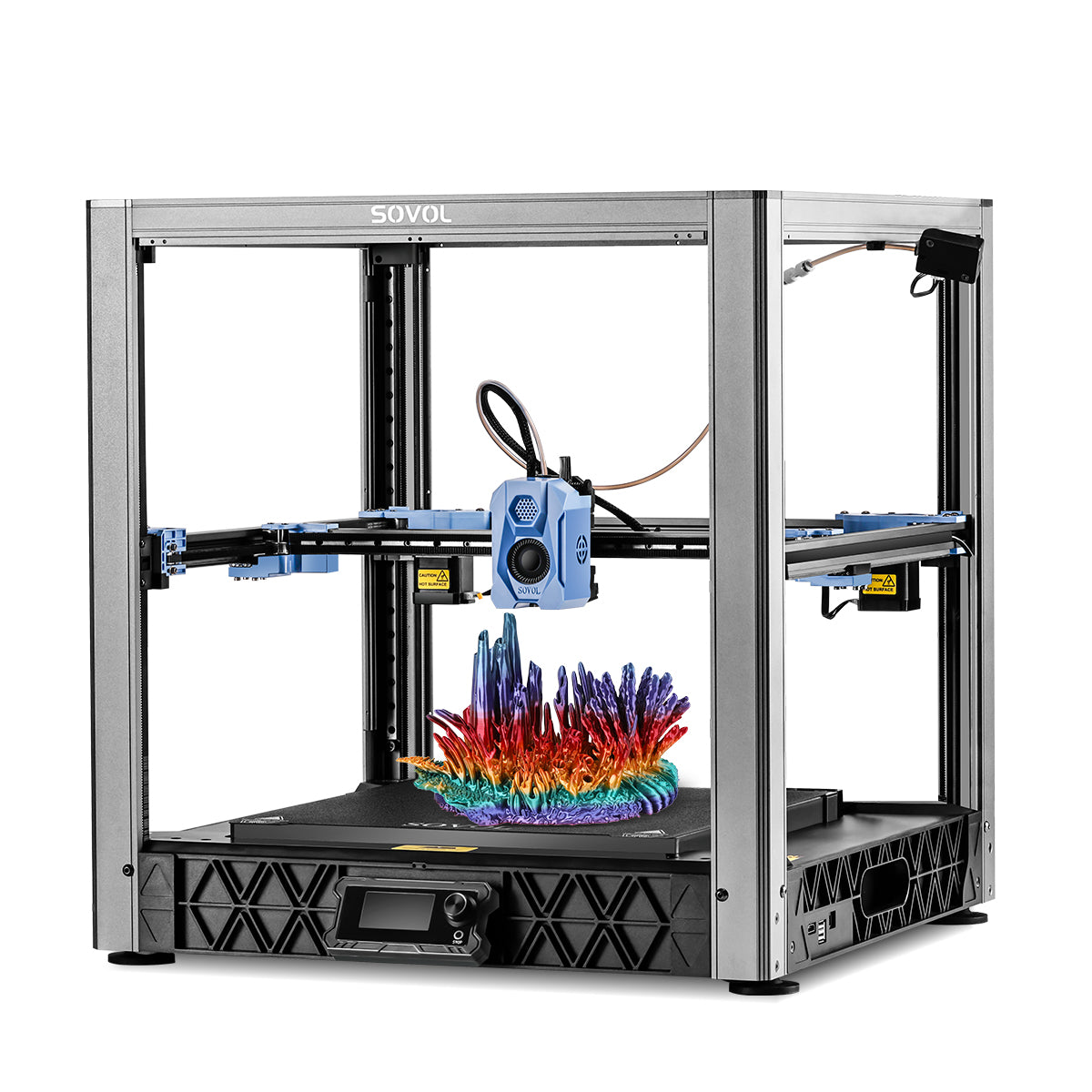
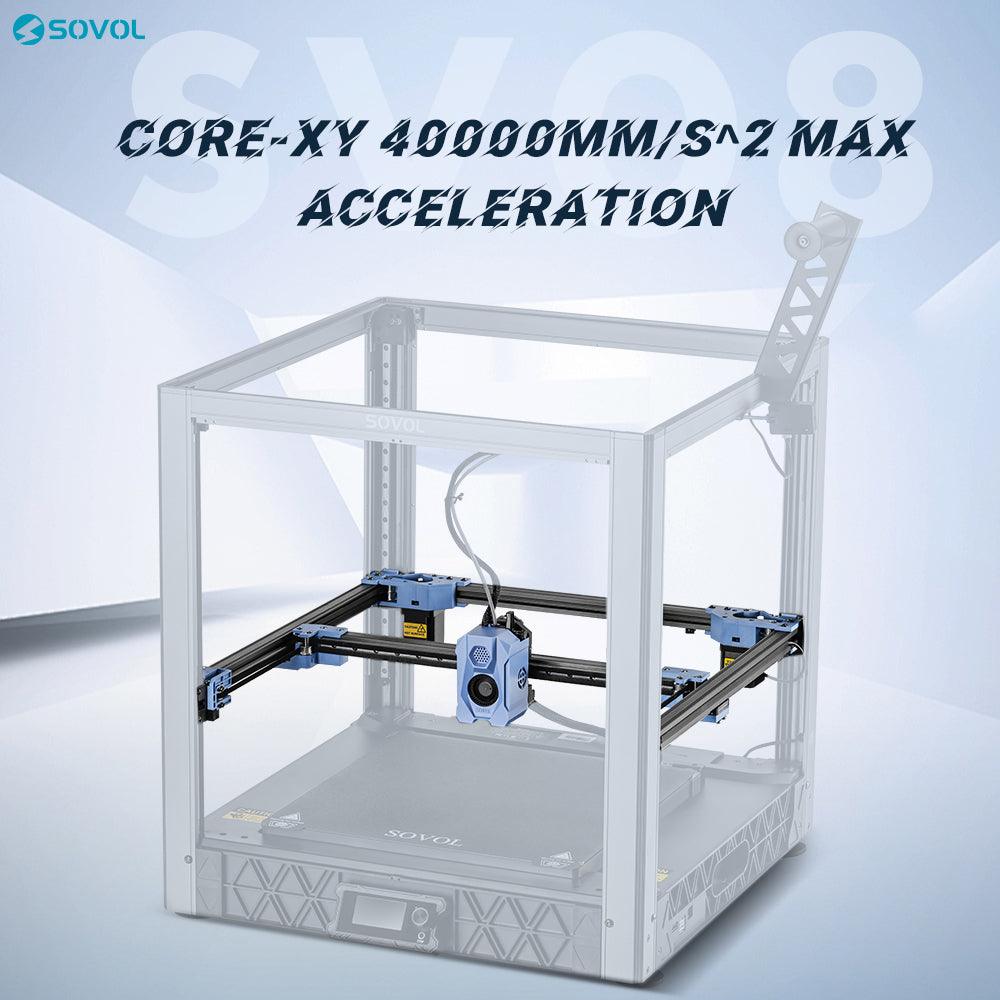
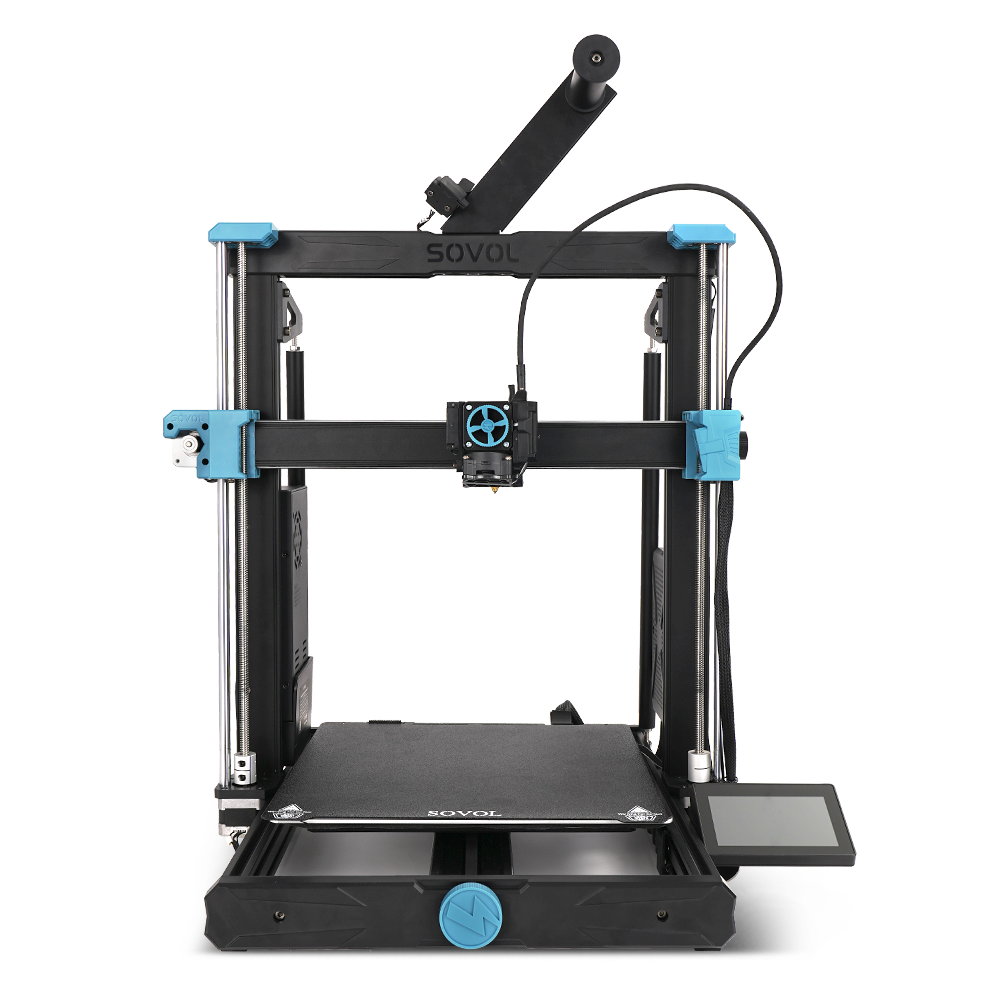
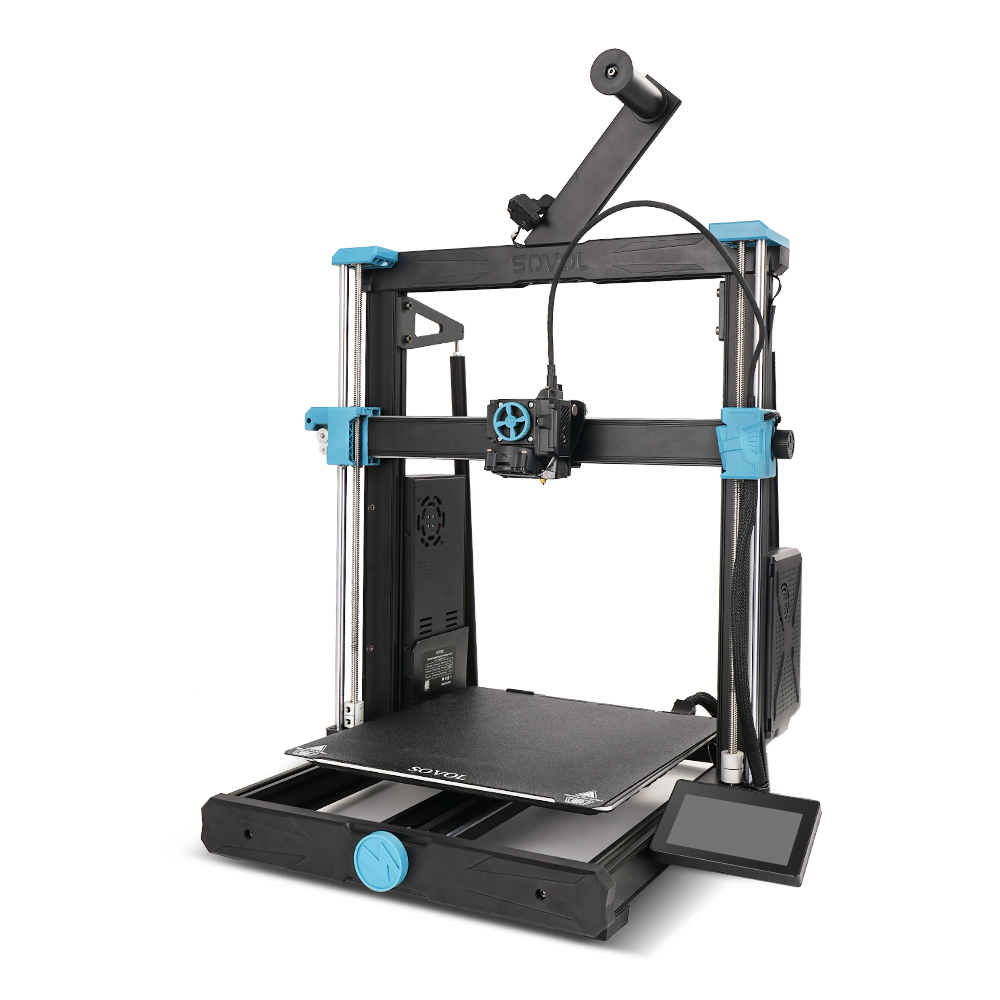
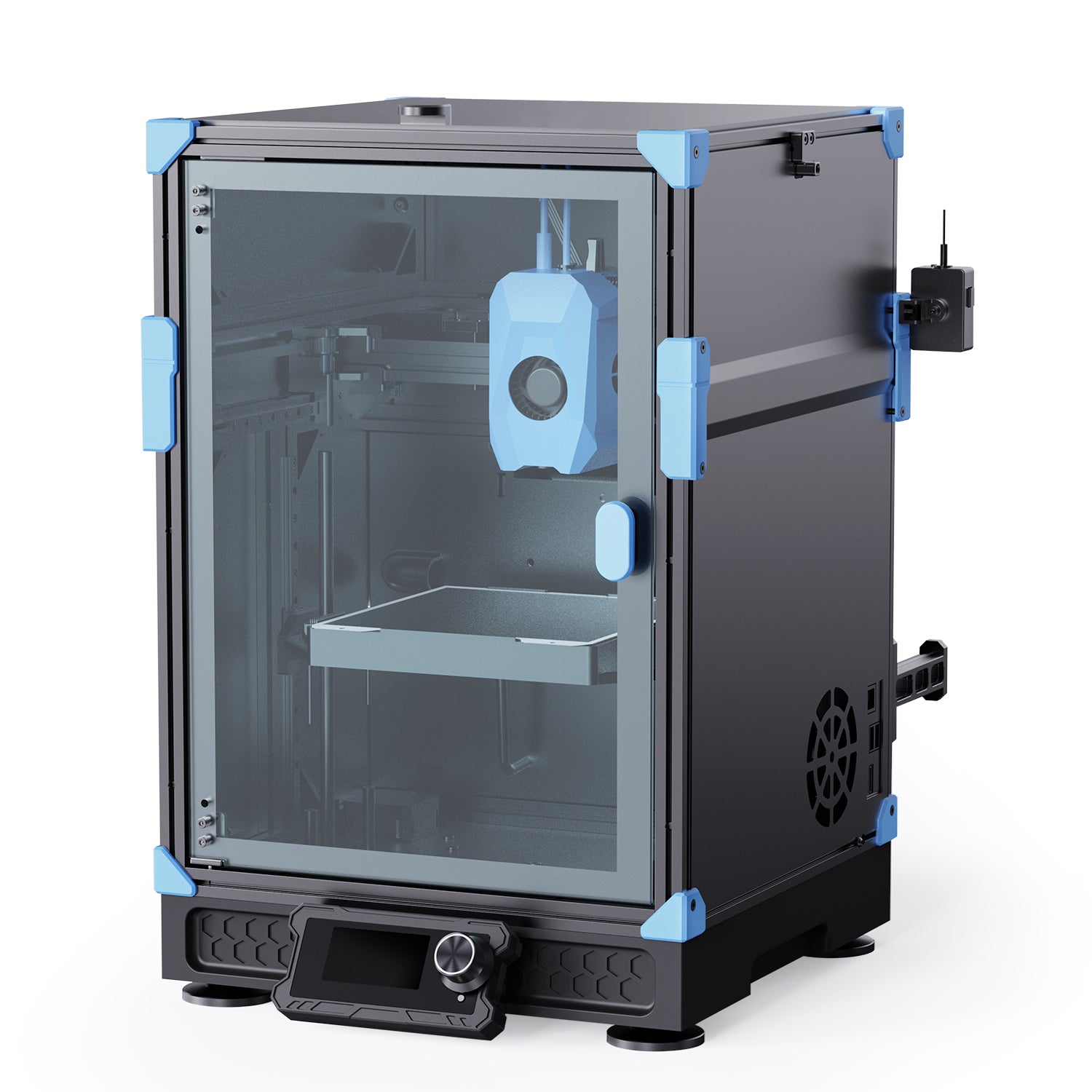
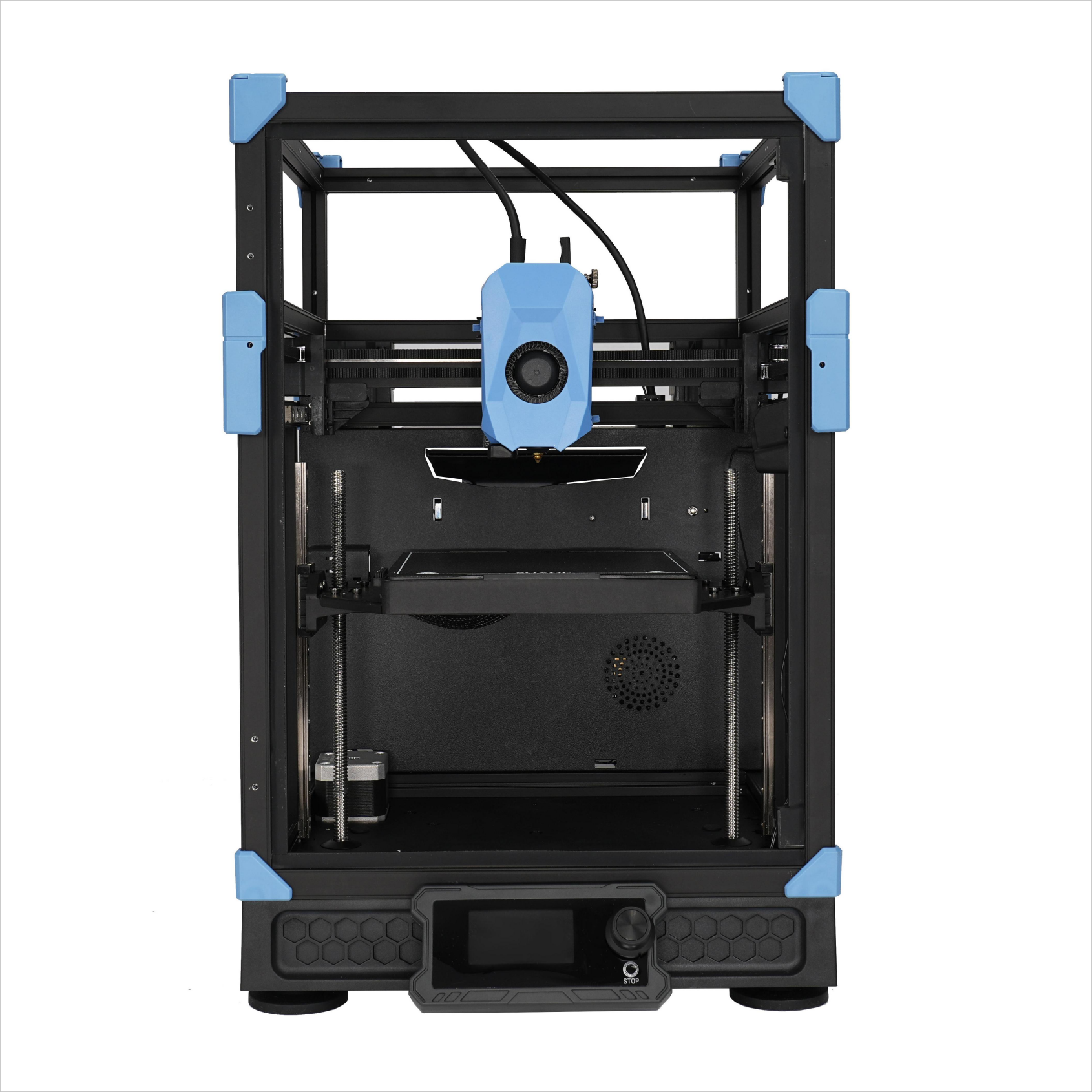

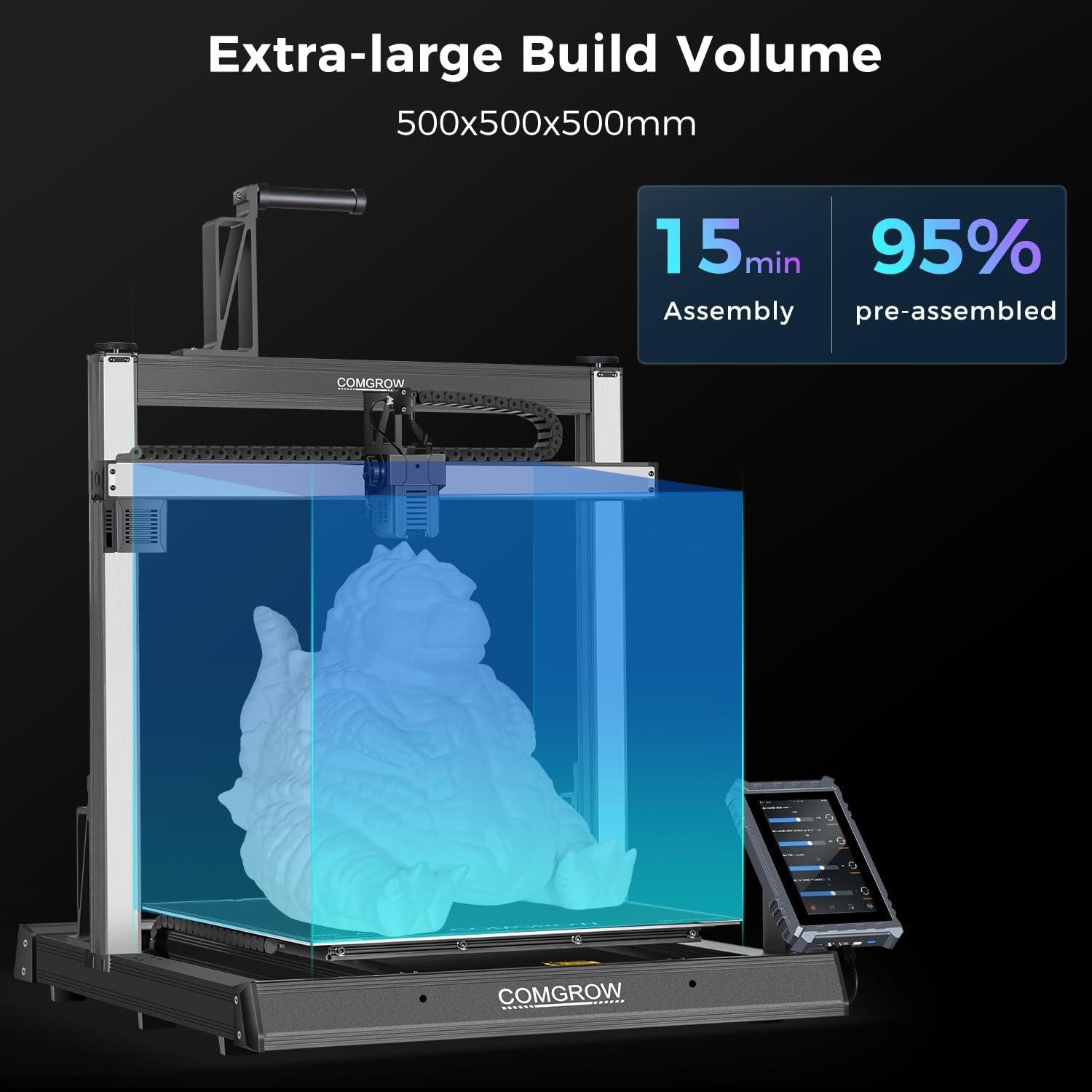
發表評論
在發布之前,所有評論都會進行調節。
此網站已受到 hCaptcha 保護,且適用 hCaptcha 隱私政策以及服務條款。